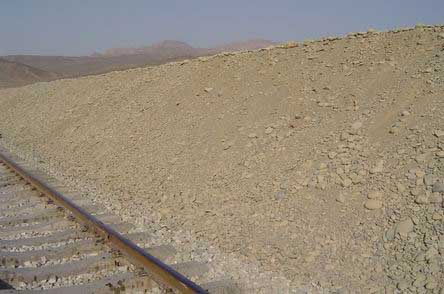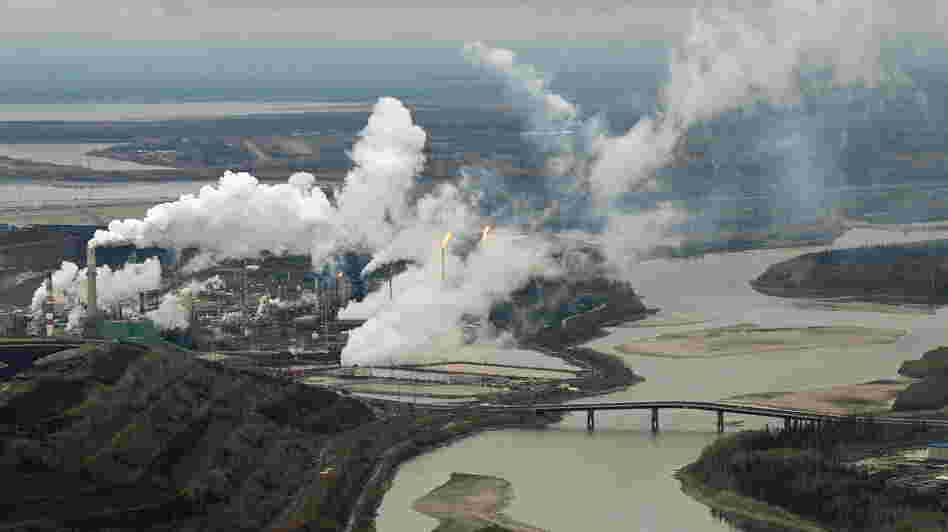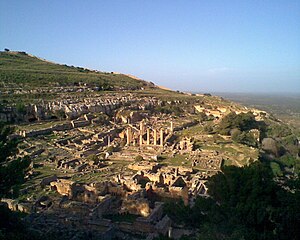I recently took a Driver's Road Test over here in Sweden and had an experience which brought the Fire & Health news headline into focus. The News headline was on a study of a possible health issue maybe many don't normally consider if they are some distance and seemingly un-effected by immediate fire danger and it's aftermath consequences. In other words they probably consider themselves as a mere spectator more than anything else when such a catastrophic event takes place locally. Yet that smoke and other resulting toxic fumes can have a huge impact on health as I have personally experienced. The Cedar Fire personally touched my health almost a year afterwards.
 |
| Wiki Photo October 2003 Cedar Fire crosses the I-15 freeway onto Marine Corps Air Station (MCAS) Miramar |
The article in PhysOrg and other journals brought home the very personal reminder of how deadly to one's health these mega-fires can be even when a long way off. Here is the link and forward:
http://phys.org/news/2013-01-consequence-forest-health.html
Abstract:
"Pollution from forest fires is impacting the health of people with asthma and other chronic obstructive lung diseases, finds a study in Biomed Central's open access journal Environmental Health. This study uses data from pharmacies and dispensaries to measure the increase in drugs needed to alleviate symptoms associated with pollution."
 |
| AirNow.gov |
 |
| Smoking-Induced Acute Eosinophilic Pneumonia |
Now suddenly last week while taking my ridiculously expensive Swedish Driver's License driving test, I was required to take an alcohol breath test before we started off down the road and had to blow into a device that would click when the blowing test was finished, but it wouldn't click. I tried several times and no click. The instructor went ahead and did it for me so that the car would run. I also suddenly realized that I no longer have the deeper lung capacity I always had. I ran out of breath before the device would click and I could sense & feel this. Clearly there is more to damaging brush fire smoke fumes on all people than those who would commonly fall under a government at risk list. Hopefully one day they test this out. Watching the News of all the air pollution over in China, I can only imagine what's going on with the average person's lungs there in Beijing.
 |
| Image: Living in a Toxic World |
Now getting back to Mega-Fire emergency warnings and heading these. It's also important that you definitely head these warnings even IF you think or feel you know better. I understand the people who want to protect property, but that was a decision you made and knew the consequences of when you first chose to live in these areas. Don't risk either your life or some rescuers life for your stubbornness. You can buy new things, but you can't replace yourself, family and/or your health.
Other Reference Reading:
Science Daily, July 2012: Gas from Pollutants, Forest Fires at Potentially Toxic Levels

















